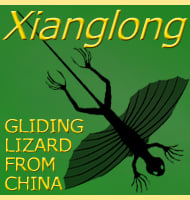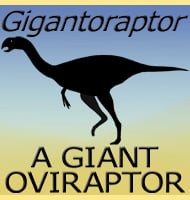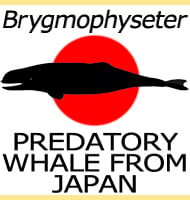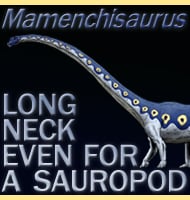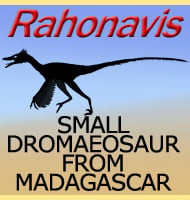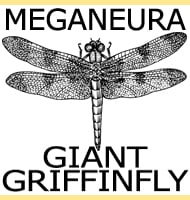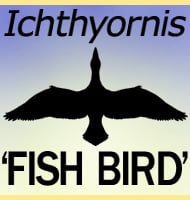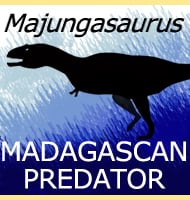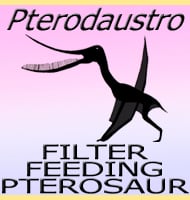In Depth
Bactrosaurus is one of the earliest hadrosauroids known from Asia, and also one of the best known. Bactrosaurus still had three stacked teeth for each tooth in the maxilla, an iguanodont feature that reveals the ancestry of the genus. However, Bactrosaurus also has a number of hadrosauroid features, particularly those of lambeosaurines (hollow crested like Lambeosaurus). For most of its early taxonomic life, Bactrosaurus was reconstructed as being crestless. However, study of one Bactrosaurus skull seems to show the early development of a bony crest. This could be a further indicator for Bactrosaurus being ancestral to lambeosaurines.
Some Bactrosaurus skeletons show the presence of tumours, mostly benign, but also cancerous. Some later hadrosaurs such as Edmontosaurus and Brachylophosaurus also show the common development of tumours, which has led to speculation that at least some genera of hadrosaurs had a genetic predisposition towards developing tumours and possibly even cancer.
Further Reading
- On the dinosaurian fauna of the Iren Dabasu Formation. - Bulletin of the American Museum of Natural History 68(2-3):23-78. - Charles W. Gilmore - 1933. - Some results of the studies of the Upper Cretaceous dinosaurian fauna from the vicinity of the station Sary-Agach, South Kazakhstan. Problems of Paleontology 4:125-135. - A. N. Riabinin - 1938. - Epidemiologic study of tumors in dinosaurs. - Naturwissenschaften 90 (11): 495–500. - B. M. Rothschild, D. H. Tanke, M. Helbling II & L. D. Martin. - 2003.

